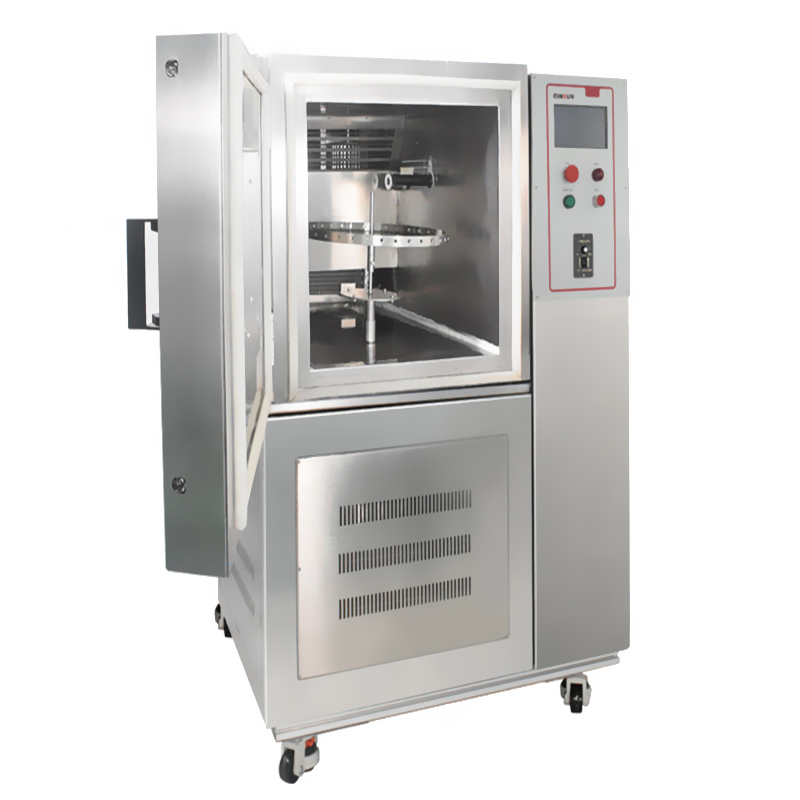Ozone Color Fastness Tester Operation
Advantages and characteristics:
1.Have a strong after-sales service team;
2.Able to handle various issues in a timely and fast manner,relieving customers of any worries they may have;
3.Complete spare parts to solve the problem of long lead times when ordering spare parts;
4.Keep up with industry standards updates and provide textile testing instruments that meet the new standards in a timely manner.

G280 Ozone Color Fastness Tester is used for rubber products such as vulcanized rubber,thermoplastic rubber,cable insulation sheaths,etc.Under static or dynamic tensile deformation,it is exposed to sealed and non illuminated air with a constant ozone concentration and a constant temperature test box.The test sample is tested at a predetermined time to evaluate the ozone aging resistance of the rubber based on the degree of cracking or other performance changes on the surface of the sample.Simulate and enhance the ozone conditions in the atmosphere,study the action law of ozone on rubber,quickly identify and evaluate the anti ozone aging performance of rubber and the protective effect of anti ozone agents,and then take effective anti-aging measures to improve the service life of rubber products.
Compliant with standards:
ISO 105-G03,AATCC 109,GB/T 11041,GB/T 7762-2003,GB/T 13642-1992,GB/T 2951.1-2951.10-1997
Operation:
1.Firstly,prepare the accessories and test samples;
2.Open the instrument safety door;
3.Place the prepared sample into the rotating sample holder(which can accommodate 24 samples);
4.After placing the sample,close the instrument safety door;
5.Turn on the instrument switch and enter the LCD screen operation interface;
6.Set parameters such as running time and number of rotations;
7.Set parameters such as temperature,humidity,and ozone concentration;
8.The sample holder begins to rotate,while the partition system sprays ozone into the test chamber;
9.Automatically stop running when the set number of turns is reached;
10.Open the instrument safety door and remove the sample;
11.At the end of the experiment,samples are taken for analysis and comparison to evaluate the ozone resistance performance of the material.

